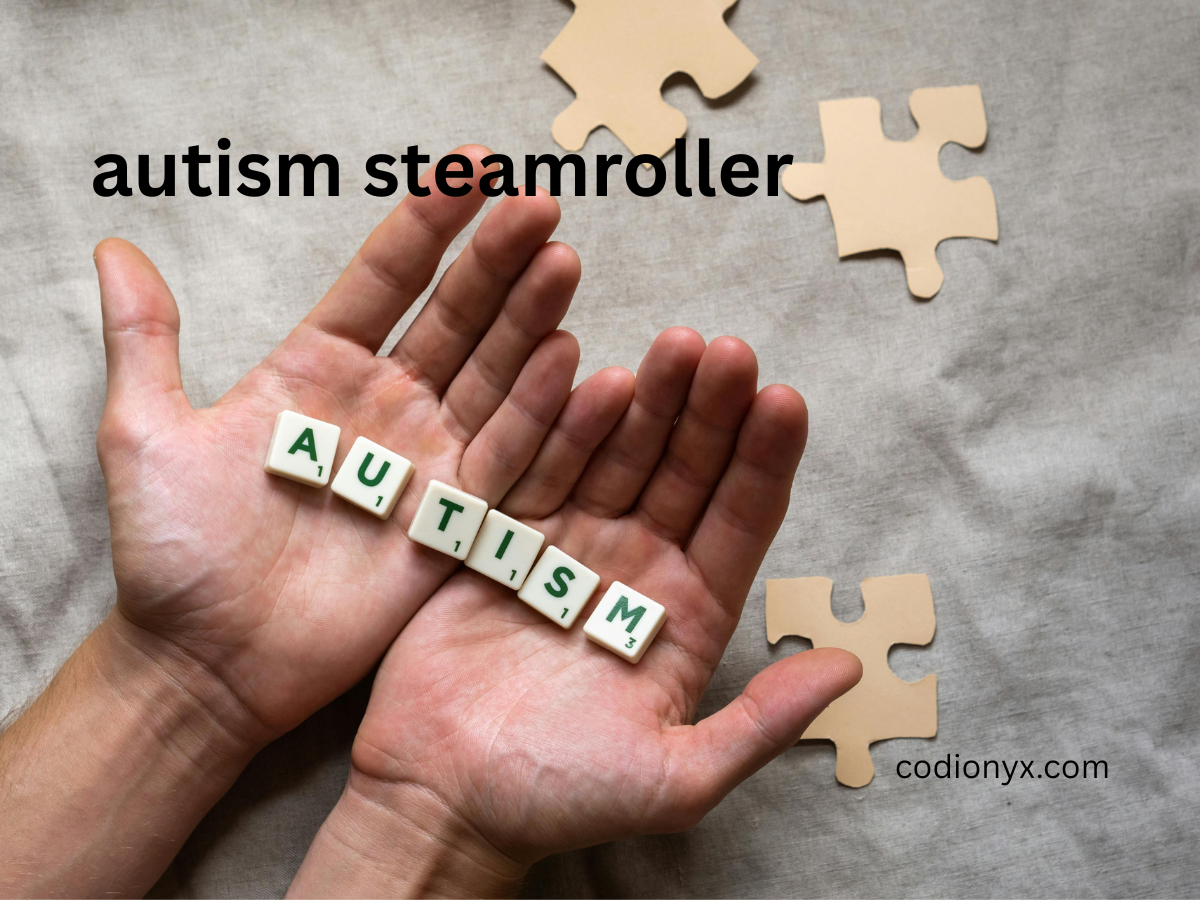Introduction
When discussing autism awareness, activism, and neurodiversity, the phrase “Autism Steamroller” is frequently used to characterize a situation in which some voices or viewpoints within the autistic community are overshadowed by others. Although the name may seem odd, it represents a situation when prevailing narratives, occasionally from organizations, advocates, or even professionals with good intentions, inadvertently “roll over” the experiences and viewpoints of autistic people.
Since autism is a syndrome that affects people differently, it is crucial to comprehend this idea. There is a continuum for it, and people with autism can have very different experiences. However, in public discourse, some narratives or methods may take center stage, thus leaving little opportunity for a range of genuine and varied points of view.
The Term’s Origin
The term “Autism Steamroller” has been used in blogs, advocacy conversations, and online forums to draw attention to the disparity between the voices of autistic people and those advocating for them, even though there isn’t a single recorded source for its creation.
Advocates occasionally draw attention to the fact that, rather than embracing neurodiversity and promoting acceptance, traditional autism awareness efforts place a strong emphasis on difficulties, deficiencies, or the need to “cure” autism. This disparity flattens the range of lived experiences into a single, frequently stereotypical narrative, giving the impression of a “steamroller.”
Also Read:https://codionyx.com/glucosamax/
Typical Instances of the “Steamroller” Effect
1. An excessive focus on non-autistic viewpoints
With little input from autistic adults, non-autistic parents, professionals, or researchers lead and design many autism-related conferences, media articles, or charitable events.
2. Ignoring Neurodiversity’s Positive Aspects
The prevailing message may only highlight challenges, distorting the public’s image, rather than highlighting capabilities like inventiveness, pattern recognition, or intense concentration.
3. Universally Applicable Solutions
Because the autistic community is diverse, autism solutions that disregard individual needs may inadvertently cause harm.
The Significance of It
The “Autism Steamroller” effect has the potential to stifle crucial discussions on self-advocacy, accessibility, and inclusiveness. In conversations regarding autism, autistic voices must be prioritized, both to guarantee accuracy and to encourage empowerment.
Society may develop more significant legislation, programs, and awareness campaigns by reorienting the attention to hearing and elevating the voices of people with autism.
Methods for Preventing the “Steamroller” Effect
Participate in Decision-Making with Autistic Voices
People with autism ought to hold leadership positions in organizations, research, and public gatherings.
Encourage a Variety of Storytelling
Tell tales from autistic people with different needs, experiences, and backgrounds.
Embrace a Neurodiversity-Affirming Attitude
Instead than concentrating only on “fixing” perceived deficiencies, emphasize acceptance, accommodation, and appreciating diversity.
Conclusion
The “Autism Steamroller” is a potent metaphor for how some narratives can inadvertently take center stage in conversations on autism. We can guarantee a fair, courteous, and inclusive discussion about autism by acknowledging and addressing this phenomena. When the people who are most impacted have the most influence over their own narratives, true advocacy may start.
FAQs
Q1. Is the word “Autism Steamroller” recognized in medicine?
No. In advocacy and awareness contexts, it is more of a descriptive phrase.
Q2. Who is the most frequent user of the term?
Supporters of neurodiversity, autistic advocates, and opponents of one-dimensional autism awareness initiatives frequently utilize it.
Q3. How can the Autism Steamroller effect be avoided?
by making certain that people with autism are actively involved in the formulation of public policy, autism awareness initiatives, and autism research.
Q4. Does this imply that those who are not autistic cannot promote autism awareness?
Absolutely not. Autism Steamroller merely indicates that advocacy need to be cooperative, prioritizing the viewpoints of those with autism.
Q5. Why is it crucial to understand this idea?
because it lessens preconceptions and raises the standard of advocacy work by fostering a more accurate and inclusive knowledge of autism.










